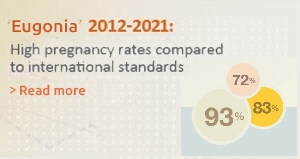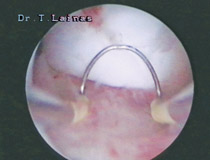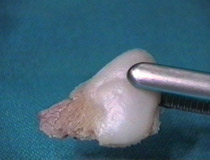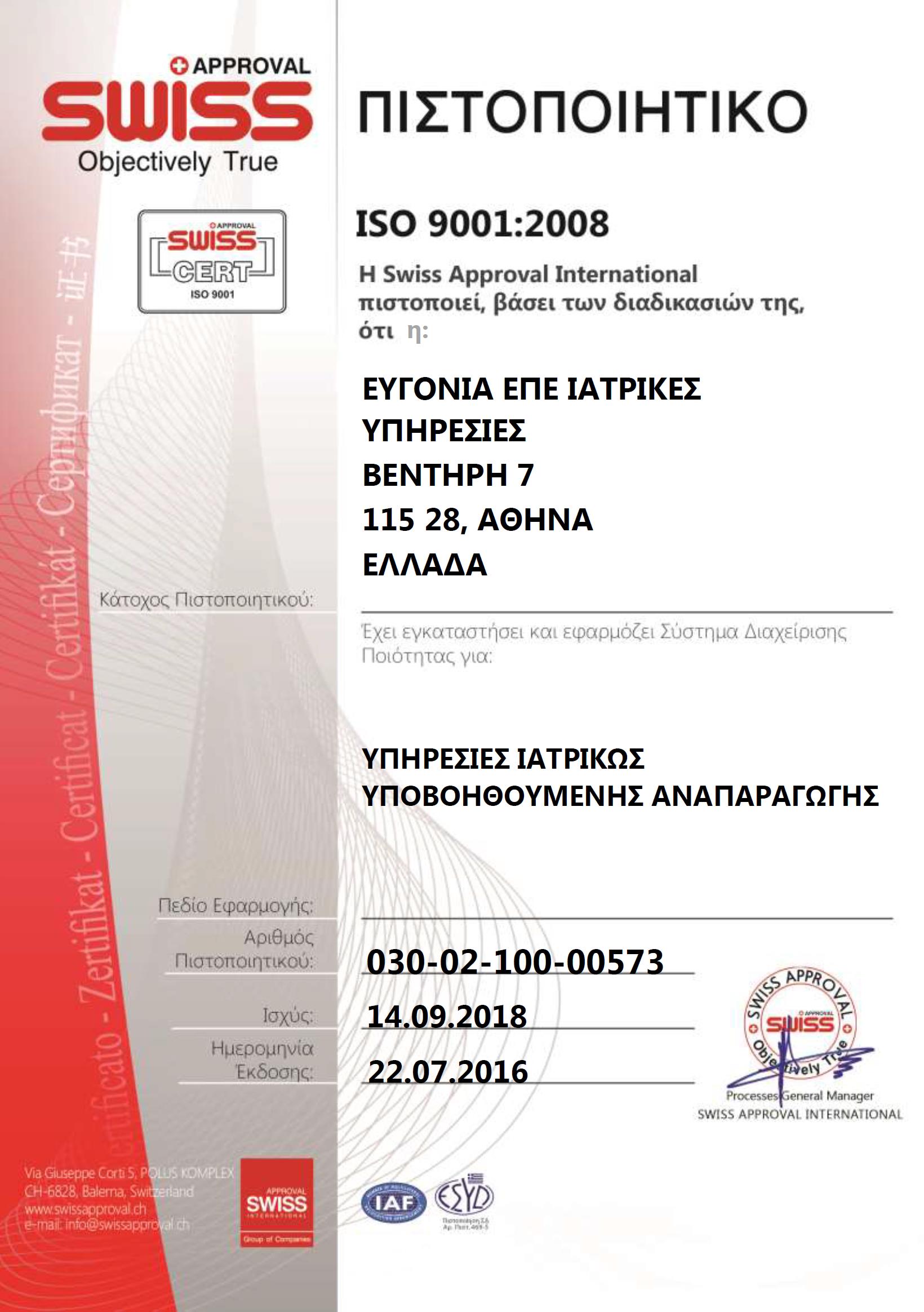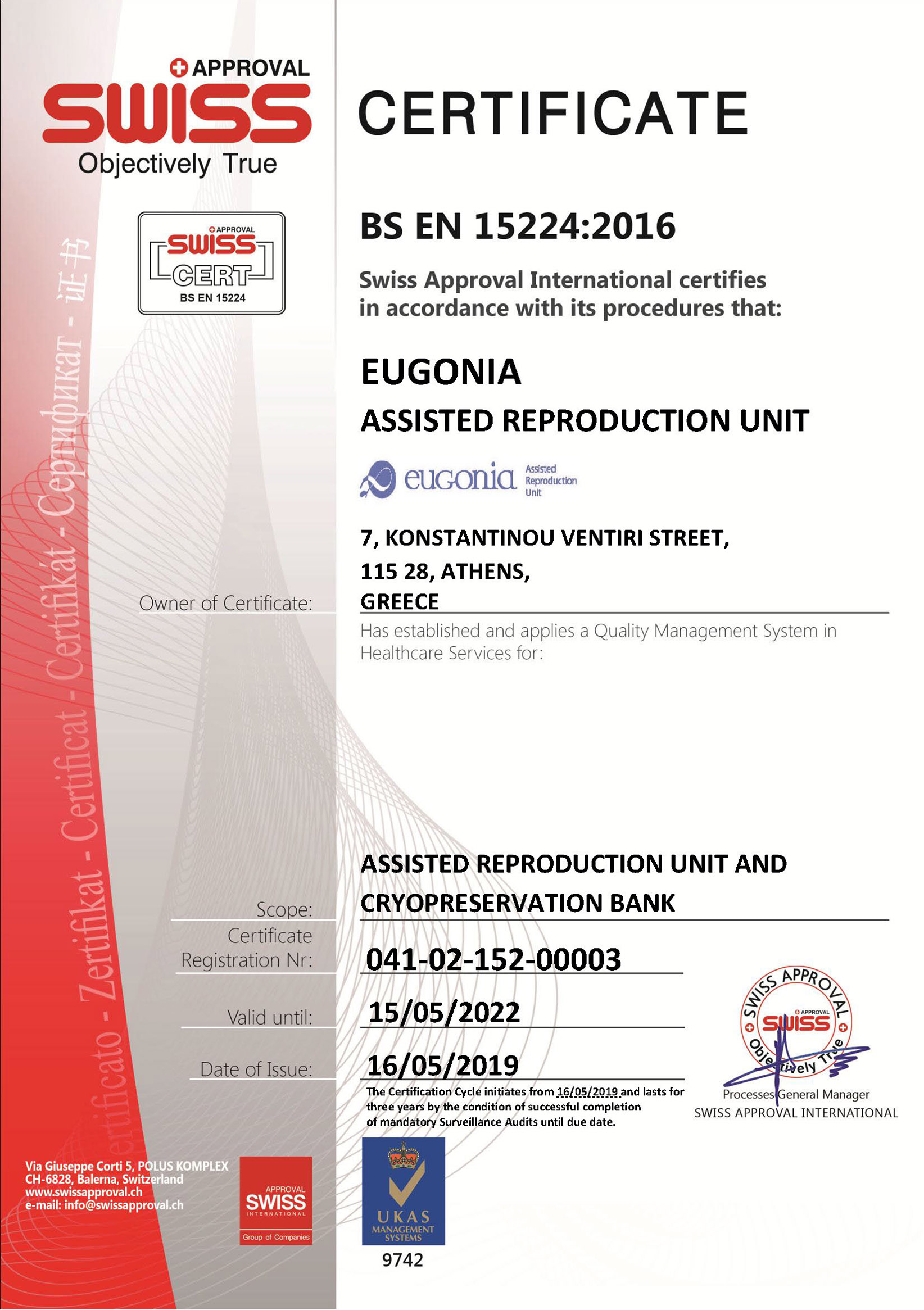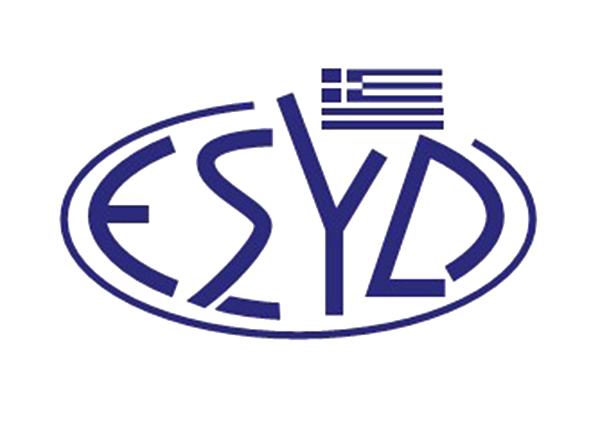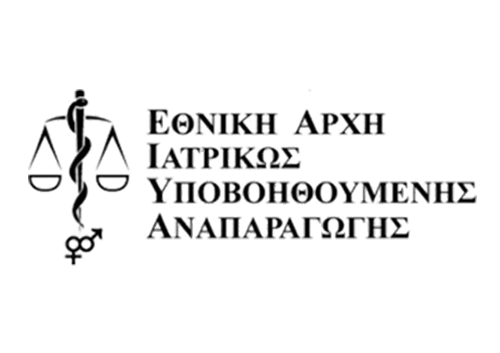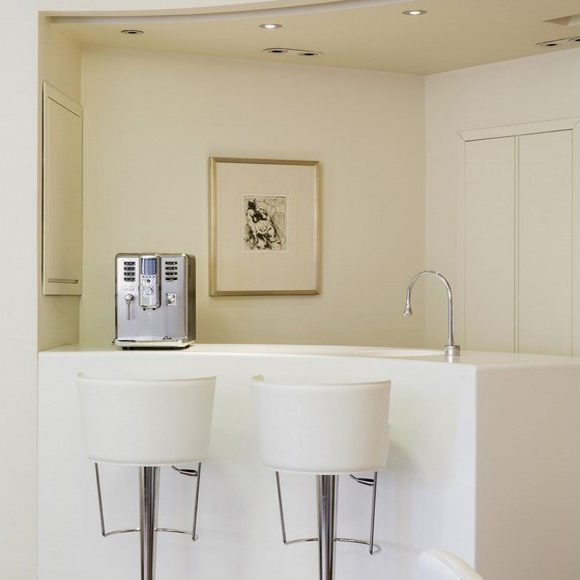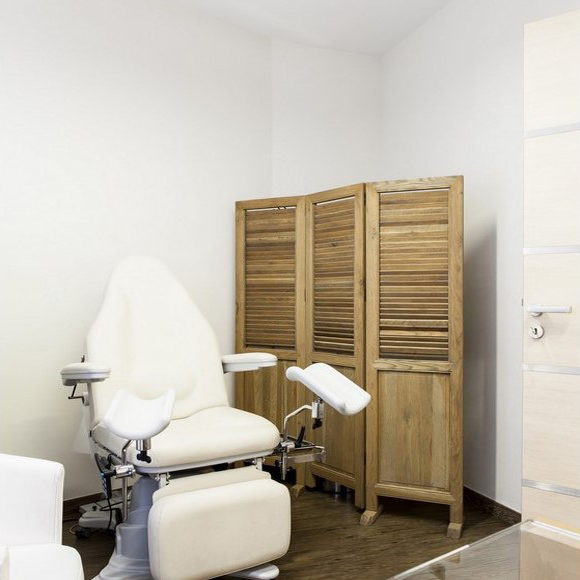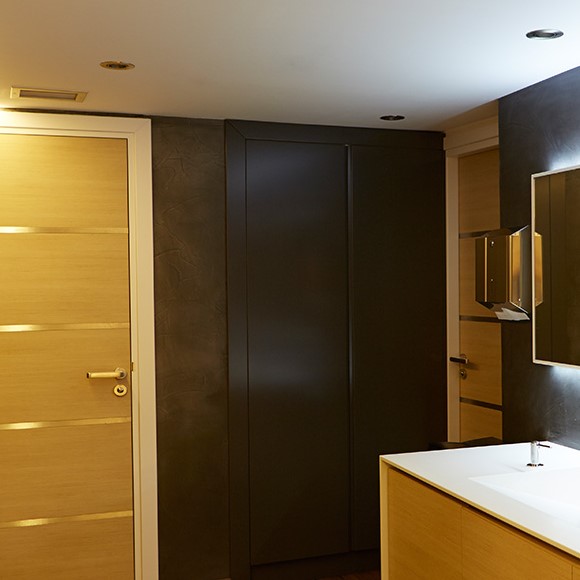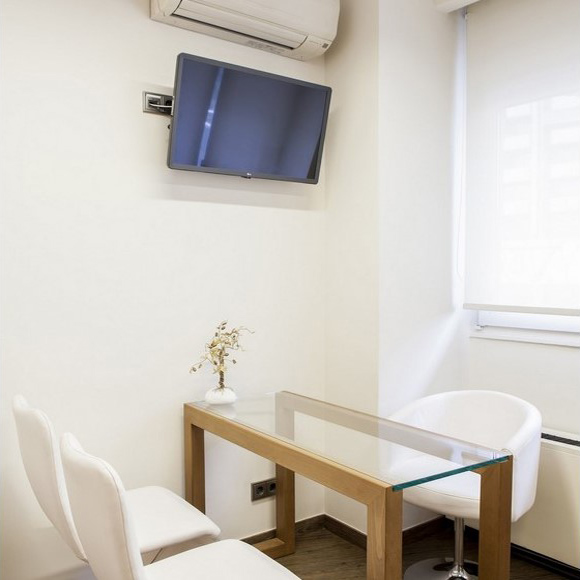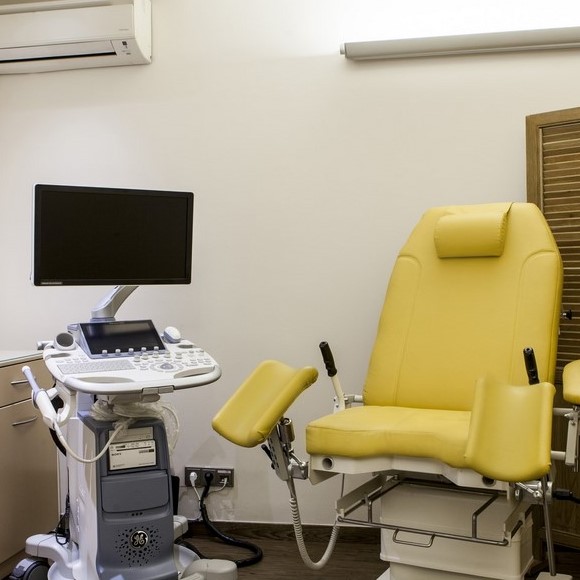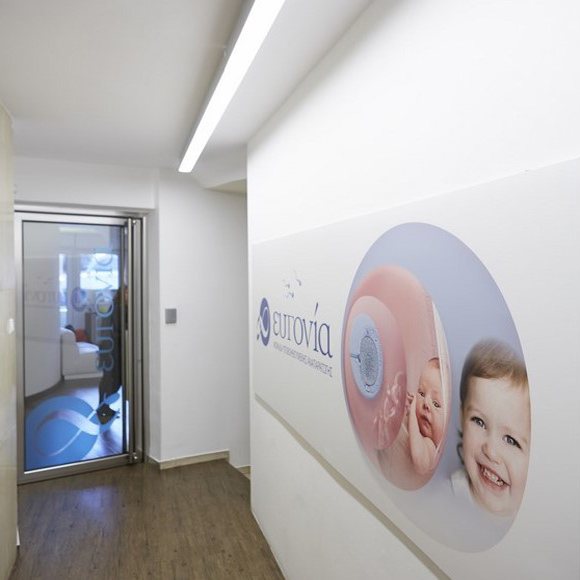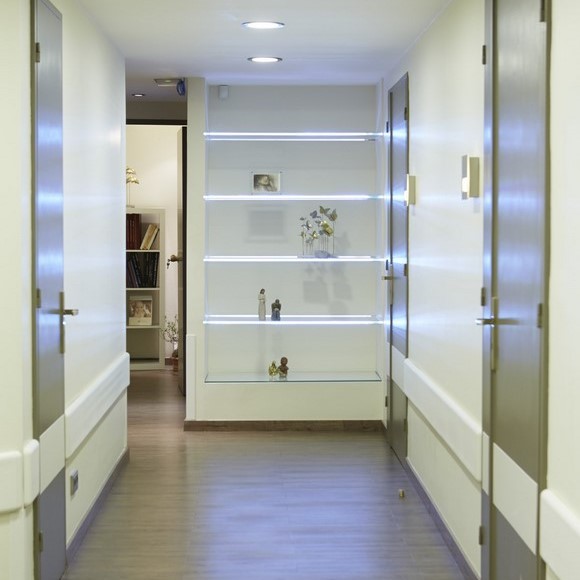It is a rare finding that is related to secondary subfertility. Less than two hundred cases have been reported in scientific literature internationally and their diagnosis may often be missed.
Mayer, a German pathologist (1901) was the first to report the presence of bony tissue in the uterus. Following that, there have also been reports by Thaler H. (1923), De Brul et al., (1956), Frydman R. και Hamou J. (1985,1991), Edwards R.G. (1985), Acharya et al., (1993). A similar case report has been published by our Unit in an international scientific journal. (Osseous Metaplasia: Case report and review, T. Lainas et al., Fertility and Sterility, Vol. 82, No 5, November 2004, 1433-1435).
Two main hypotheses have been advanced to account for such formations. The first hypothesis accounts for the majority of the cases reported and it suggests that osseous metaplasia has resulted from osseous foetal tissue that remained in the uterine cavity following an abortion that has occurred at >3 months of gestation. The second hypothesis represents a true osseous metaplasia, similar to that which occurs after the calcification of fibroids and it has been observed in women with no pregnancy history.
This condition is usually asymptomatic. It may result in uterine haemorrhage, pelvic pain, dysmenorrhoe etc.
During transvaginal ultrasound, it appears as an intrauterine device (IUD; spiral).
It has a characteristic flat coral-like hysteroscopic appearance.
The removal of the osseous lamellae is usually performed with the wire loop of the resectoscope. It may also be performed with hysteroscopic scissors and a grasper.
Histological examination following the desalination of the plaque showed mature bone tissue.
It is wise to re-examine the uterine cavity after two months with hysteroscopy.
Following the removal of the osseous lamellae, fertility can be restored if there are no other subfertility factors present.





